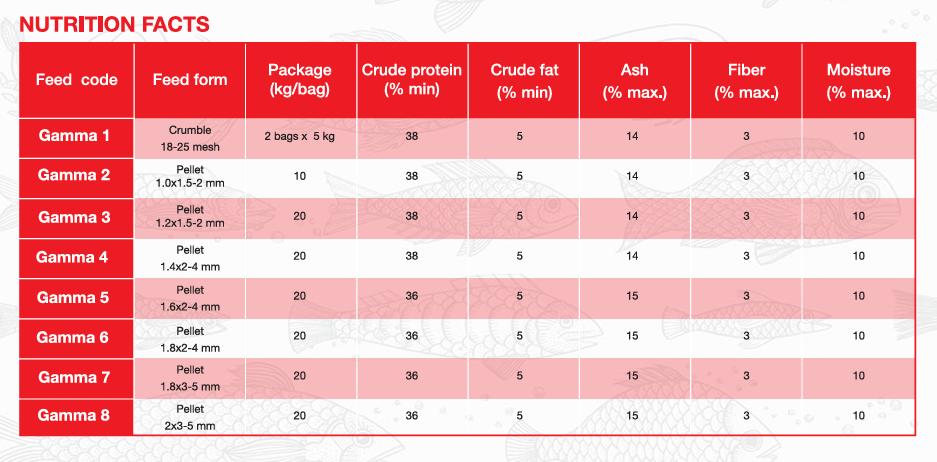L.vannamei Feeding Behavior with Pellet Feed
Shrimp are external masticators and they chew their feed outside their mouth. They are selective feeders, nibbling on pellets and only consume more feed when palatability is suitable
- When shrimp start consuming feed, they will not ingest the feed at once. They will nibble on it and select the palatable pieces. They throw away whatever they don't like. The uneaten parts are left and will be digested on the pond bottom by bacteria.
- Shrimps are poor digesters. Their digesting system is rudimentary. A lot of nutrients pass through their system without being assimilated.
- Farmed shrimp have poorly developed eyes and vision. Shrimp consequently rely primarily on chemical attraction and stimulation to locate to consume their food including artificial feeds.
- The artificial feeds for shrimp generally have to remain immersed in water for prolonged periods (typically for several hours) before being externally masticated and then consumed.
- Feeding behaviour indicates that the variation in diet sizes does not produce significant differences in shrimp growth, FCR or survival. However, shrimp feeding behaviour is significantly different among diet sizes.
- This shrimp behaviour is observed more frequently in those fed larger diet sizes (3.0 mm pellet) as compared with those fed smaller diet sizes (0.7 mm and 1.2 mm crumbles). When shrimp are fed larger pellets, some of the individuals obstruct other individuals and monopolize the diet. Such "selfish" behaviour of shrimp can result in considerable size variation and severe mortality of smaller individuals, which could be the case when shrimp are reared to market size.
- Skretting has introduced an innovative feed solution and special attention is given to the different phases of feed processing
- Higher digestible protein content.
- Available in 8 sizes, including mini-pellets, adapted to the different life stages.
- Feed is formulated based on the nutritional profile and digestibility of each ingredient.
- Attractability and palatability of the ingredients.
- Special attention is given to the different phases of feed processing.
- Skretting Product Gamma is available in 8 different sizes including mini-pellets adapted to the different life stages with higher digestible protein content

- Typically the shrimp feed pellets will stay in the water for 15 - 60 minutes before the shrimp consumes them. But they can lie in water for several hours before consumption and should remain water-stable during this time. During this time, feed pellets swell by taking up water and water-soluble nutrients leach out of the pellets. These nutrients are lost. In semi-intensive farming, shrimp are typically fed 3-4 times /day.
Optimize your shrimp farming success with Skretting's innovative feed solution. Our carefully crafted pellets cater to the unique feeding behavior of L. vannamei, ensuring palatability and digestibility at every stage of growth. With a focus on protein content, attractability, and palatability, our feed is designed to meet the nutritional needs of your shrimp while minimizing waste.
Available in eight different sizes, including mini-pellets, our feed adapts to the varying life stages of your shrimp, promoting healthy growth and development. By addressing the challenges of feed processing, we maximize nutrient retention and stability, ensuring that your shrimp receive the full benefits of each pellet.
Don't let inefficient feeding practices hinder your shrimp farm's success. Invest in Skretting's advanced feed solution and optimize your shrimp growth, feed conversion ratio, and survival rates. With Skretting, experience the difference in shrimp farming excellence.